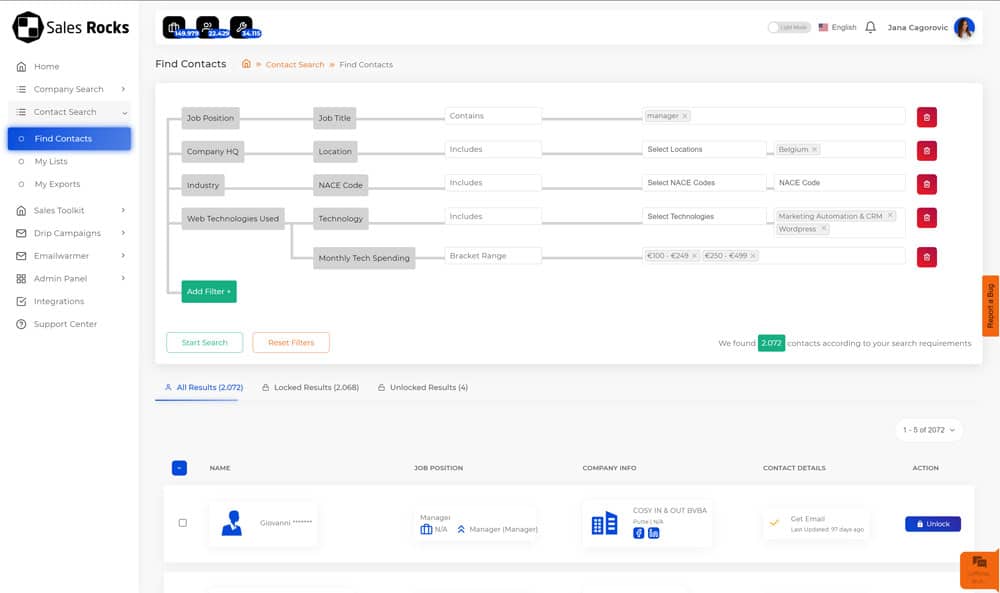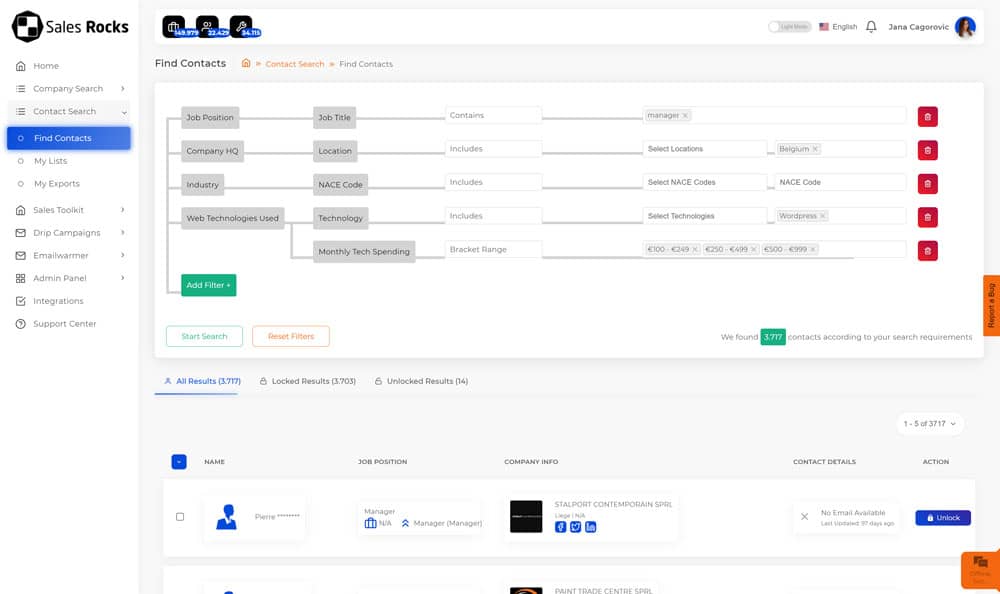Updated on July 20, 2022
Every lead doesn’t have the same intent. This is well known in the Sales world, and this is exactly why the Sales job requires constant evaluation of the buyer’s potential.
Lead scoring is a very important subject among Sales Reps but on the other hand a very complex methodology, unique to every company and sales team.
What is Lead Scoring in short?
“Lead scoring is a popular methodology used by marketing and sales teams to determine how likely their leads are to buy. It is a process where you assign a score (often 1-100) to your leads. The lead score tells you your leads’ buying intention. The higher the score, the more likely they’ll buy.” – defines Outfunnel.
But, what are the attributes we need to measure? What is the correct estimation? And how do we rank the conversion possibility?
In this article, we are going to go over just the basics of lead scoring and the methodologies you should use. But, we are going to cover one new Lead Scoring strategy, that has proven to be the best analytic approach based on the B2B data you have on your leads.
1. Lead Scoring on Individual Prospect Data
How many data points do you have per lead? Every data point can be your component of the lead scoring equation.
Let say you find basic attributes about a lead on LinkedIn. You find his/her name, surname, job title, and education. You can sort them by the most relevant attribute that will lead to the lead scoring result.
Are name and surname the most relevant sales signals? Of course not!
But having them in your base can help you guess or find their email address and make the path easier for you. You can always use Email Verification Tools to check your guess or even find the exact email you need.
What would be most important here is the job title of the lead. By the job title, you can decide their buying power and give it a scoring number based on the hierarchy. The more attributes you have the better your scoring result will be.
Having specific information like the country and region that particular lead works in, the company they work in, their company size, and founding year will give you an extra signal for the final score of the lead.
One very important data point here would be the exact city or region the lead works in. For large corporates, you might not be sure if a lead is interested in your service when working from across the ocean, but a regional manager near you working for the same company might just be the perfect warm lead.
Information segments like these are very important in the lead scoring process and you may find them easily with sales enablement tools and data providers like Sales.Rocks.

2. Lead Scoring on Technographics
In the era of technological evolution, every company works with a different set of tools, paying some amount of money to automate their work and their daily processes. This information is valuable when well used.
Having information on exactly which technologies a company uses and the amount of money they spend on it will give you a head start in lead scoring. Why?
It’s because you can determine the readiness of a lead to spending on your service, especially if you are a B2B company. This can also help with determining if a lead is within your target market by detecting the types of technologies they use.
If a lead spends let’s say 100-200 euros per month on tools and services in total, these leads are not ready to become steady clients just yet. So offering them a free trial or demo, or a free monthly account can help you nurture them to paid clients. But, on the score scale, these would be leads with a lower number.
On the other hand, companies that tend to spend in the range of 2K to 5K euros on technology per month, are companies that already have established processes and are more ready to invest in a new solution.
These are only the basic aspects you can pay attention to when using technologies for lead scoring.
Lead scoring example by technographics
Let’s say you sell a Plugin for WordPress CMS. You can first check in your lead list for companies that use any CMS. Give:
- 20 points on these that use only WordPress
- 0 points on the ones that don’t use ANY CMS
- -20 points to those that use other CMS, as these are not companies that can benefit from your product
Depending on your pricing ranges check for the monthly spending on technology by company. Divide the list and give:
- 10 points on these that are spending 100-250 euros per month
- 20 points on these that are spending 250-500 euro per month
- 30 points on these that are spending 500-1000 euro per month

Based on the simple math we can score leads up to 50 points, which can be a good base to go with for further scoring.
3. Lead Scoring on Company Data
What is the size, industry, and revenue of your target market? This information will serve you as potential sales signals for a certain lead.
If you have this information you have a better chance at setting up a good lead scoring technique.
The basic and advanced data points you could use for giving a lead a certain score would be:
- location (including city and specific region)
- industry ( having specific information on industry codes like NACE will give you exact insight )
- company size ( both employee size and revenue are very important signals )
- company status ( pay attention to the founding year )
- web technologies used ( what we’ve mentioned in the technographics section)
What will these company attributes tell you about your leads?
Let’s do a simple Lead scoring based on this data:
We would choose a company from the recruitment industry. To be more specific for a company that is working with temporary employment of assets, we can choose a NACE code for it. Once we have a possible lead list we can narrow down the target by taking into consideration even more data points that we’ve mentioned earlier.
We can say that the small to medium size companies are the best fit for our service, and filter them by the employee range and the revenue they work with.
The small-size companies will get the larger score number.
After narrowing down this list you can go even further with the technographics and their monthly spendings. Give these ones the largest number and you already have your scored lead list.
This depends, of course, on the company and its target audience. Every company would give a better score to a different data attribute.
Lead scoring methods
Manual lead scoring
This method is basically what we did in the previous example. You can combine multiple attributes and give the leads a number according to the relevancy of the data.
Take into consideration that this method is manually done, as its name says, and it will take you a lot of time if you have a large lead list.
We suggest you use this method only on highly targeted lead lists and containing a smaller number of leads.
Logistic regression scoring
This method is a combination of manual work and simple tools to automate it. You can create a Sheet for example and manually put in attributes and scoring numbers accordingly.
Then, by using formulas, the Sheet will calculate the lead score and give you constant information on the lead score even for newly added leads to the list.
This method will most definitely simplify your scoring process and can give you enough data to work with.
Lead scoring software
We all want to avoid manual work, and this is when lead scoring tools enter the game.
There are many lead scoring tools such as Hubspot or Salesforce, Sales.Rocks as well industry-specific solutions like Digistorm targeting the education market that will do the lead scoring based on data for you.
These types of software use machine learning to predict the lead score. They can calculate what different leads have in common based on the data you’ve added and which leads are more likely or unlikely to convert based on previous deal closing and evaluation.
You can adjust this information and the AI behind it will get better over time, which can give you the best results in your sales cycle.
Where to find the data for lead scoring?
To conduct successful lead scoring you’ll need to have good leads and good data. And this is undeniable. Outdated lead information can mislead your predictions and even mislead the AI on your lead scoring tool. You may end up spending time on a “highly scored” lead, that is not even working for an operating company, or changed their job, or job position in the meantime.
Choose a good data provider for your leads and make sure there is constant flow of new information in your Sales software.


